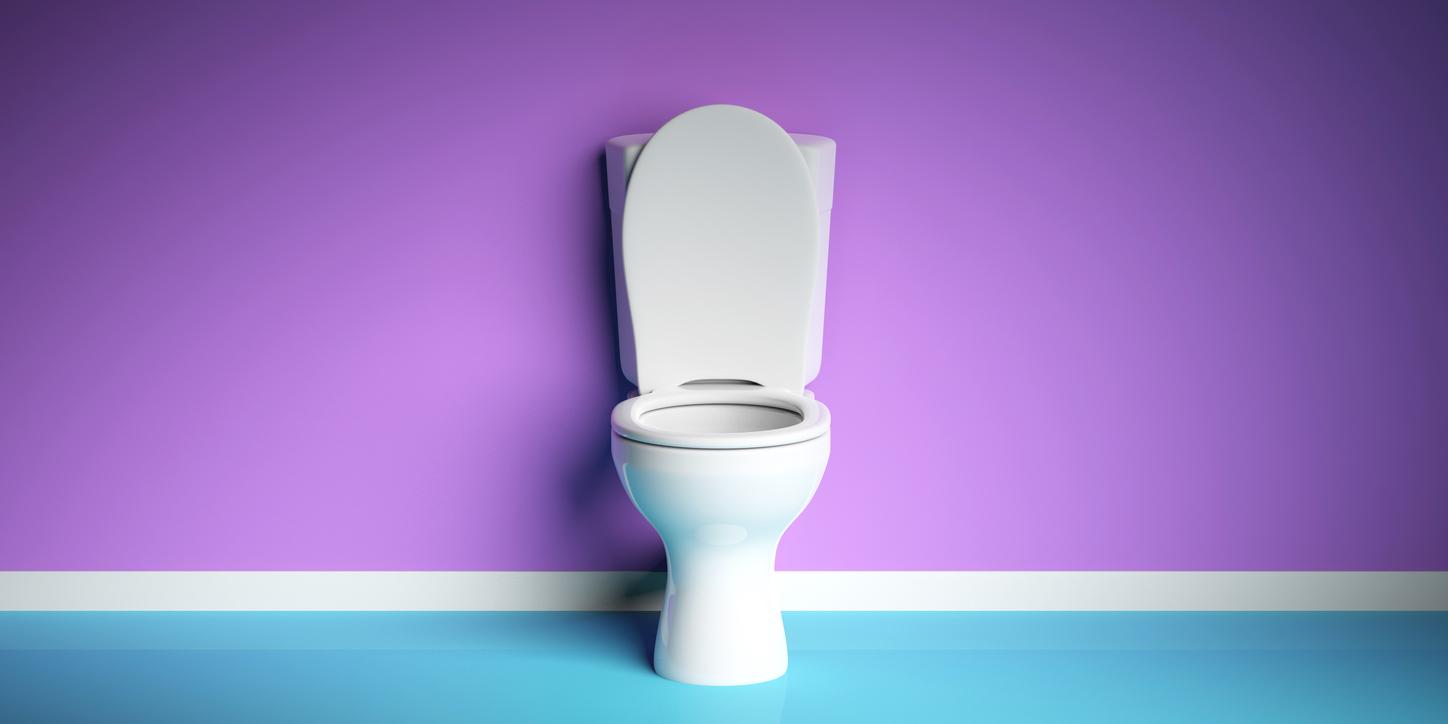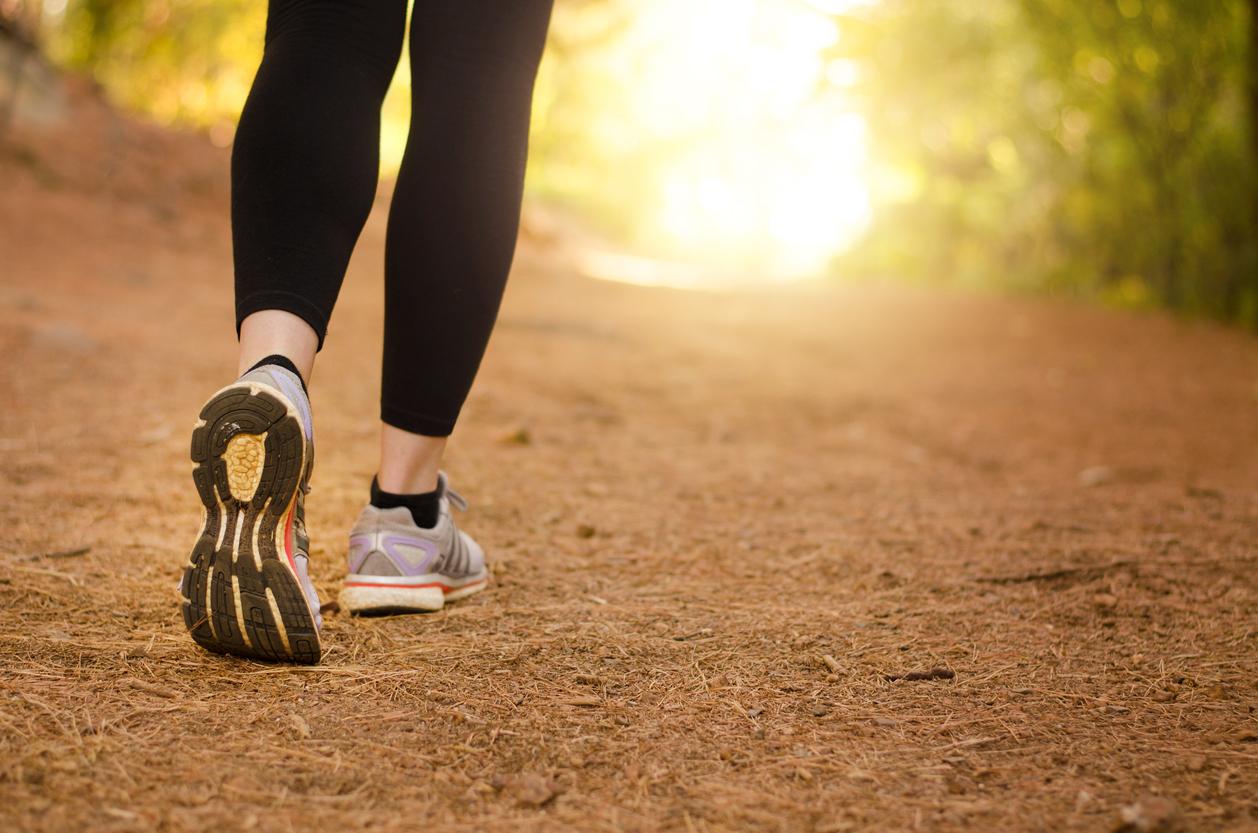A urology nurse explains why peeing “just in case” can lead to urinary tract problems.

- Peeing just in case – when you don’t necessarily need to – can cause problems if it becomes a habit.
- This behavior can negatively train your bladder and teach it to hold less urine. It also promotes overactive bladder.
- Signs of an overactive bladder may include frequent urination, a feeling of urgency to urinate, and urine leakage.
Before leaving the house, going for a drive or going to a show… many of us have the reflex to go to the toilet, not because we want to, but to avoid untimely pee breaks.
This precaution is counterproductive, according to Nicole Waetzman, a nurse specializing in urogynecology. “This behavior can negatively train your bladder and cause bladder dysfunction.”she warns on the English-language site Parade.
“Just in case” pee disrupts bladder function
Normally, a signal is sent to the brain to empty the bladder when it is full. Going to the toilet before this signal is sent can compromise this process. “Urinating frequently when you really don’t need to can cause your bladder to hold less urine and interfere with communication between your brain, bladder, and pelvic floor, leading to symptoms of overactive bladder.”explains Nicole Waetzman.
Overactive bladder is a urination disorder, more common in women especially after menopause. It is characterized by a sudden and irrepressible urge to urinate. It is difficult to delay.
Other symptoms are:
- urinary leakage;
- increased urination (more than 8 times in 24 hours);
- nocturia: being woken up at night by the need to urinate.
The specialist reminds us that while the frequency of urination varies from one person to another, on average a healthy adult urinates between 5 and 6 times per day.

Overactive bladder: how to stop preventive pee breaks?
Nicole Waetzman’s first recommendation when faced with an overactive bladder is to make an appointment with a healthcare professional. “It is best to see a doctor for an evaluation to discuss your symptoms and find a treatment that is best for you.”she explains.
The nurse also provides some suggestions to stop the peeing habit. “in case” and its consequences. The bladder needs to be (re)trained to fill, store and empty urine at regular intervals. One solution, she suggests, is to empty the bladder in the morning after breakfast, and then do so at regular intervals throughout the day. Over time, the time between pee breaks should be gradually increased.
Another tip: avoid rushing to the toilet when the urge appears. However, you should not wait for hours either. Holding in urine for long periods of time can also weaken the pelvic floor.
How you sit on the toilet seat also matters. Waetzman recommends sitting in a relaxed position with both feet flat on the floor. “This position allows your pelvic floor muscles to relax and makes it easier to completely empty your bladder.”explains the expert.


















